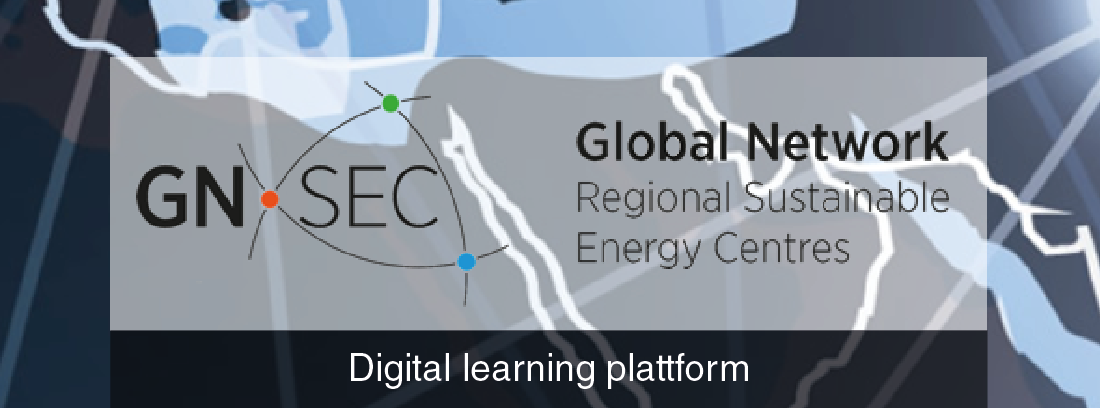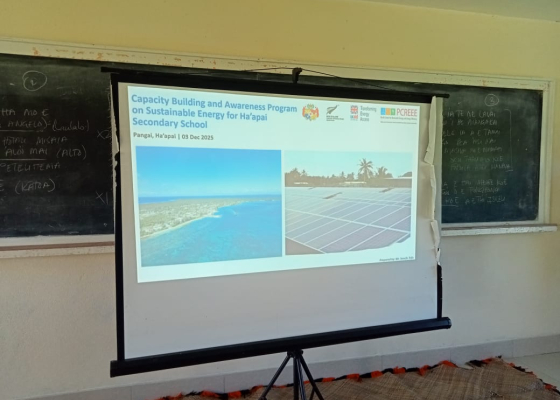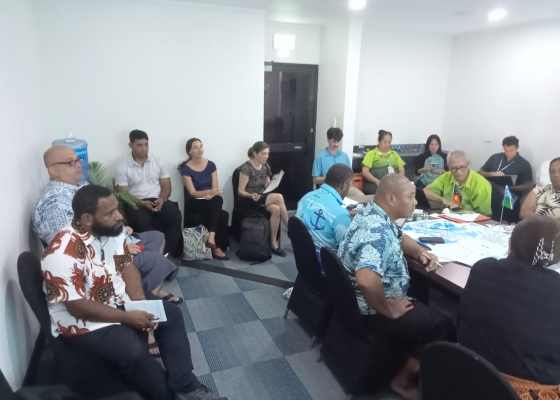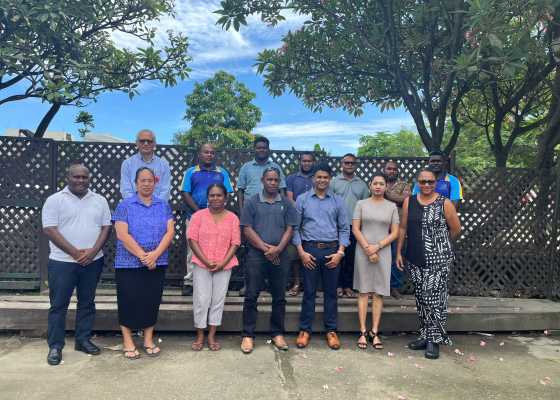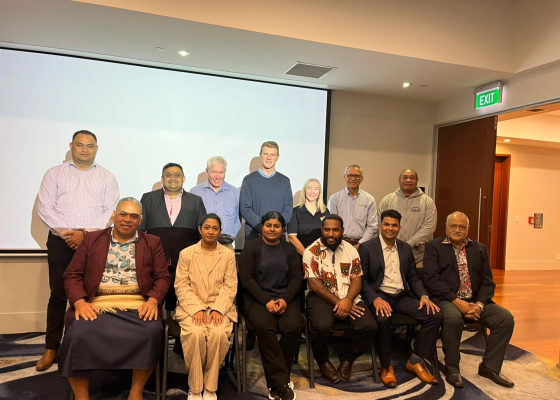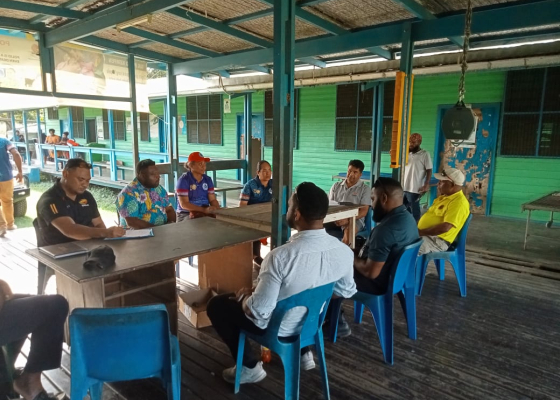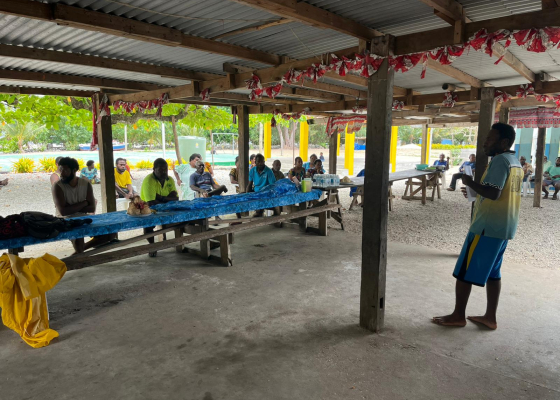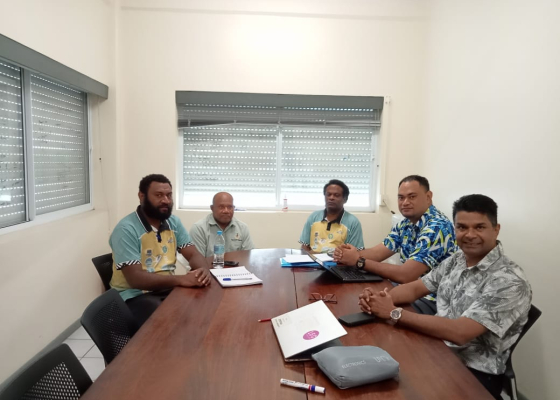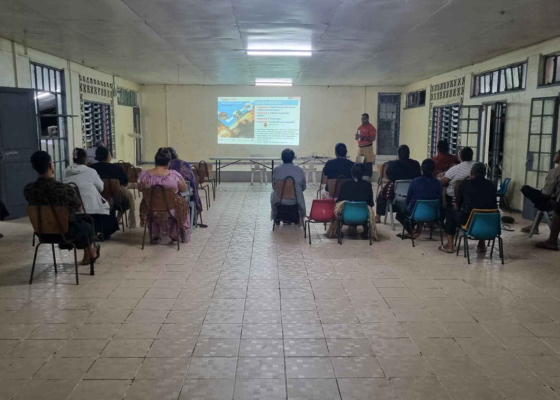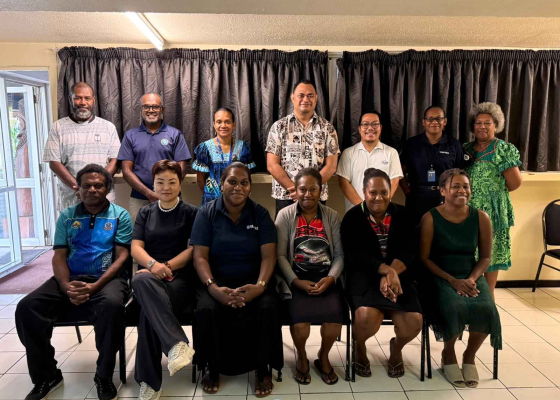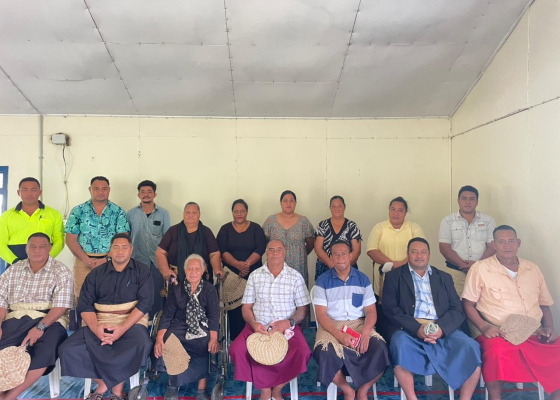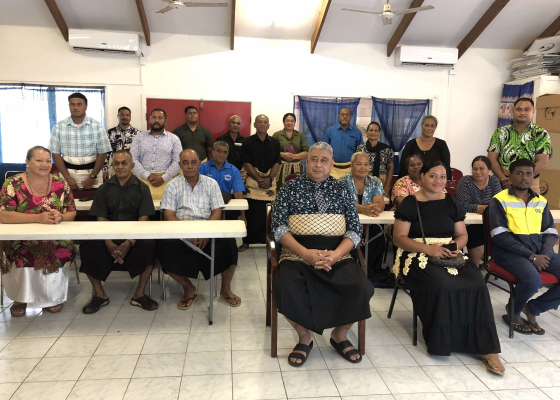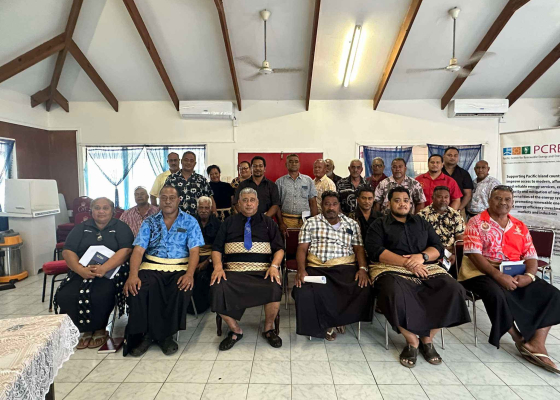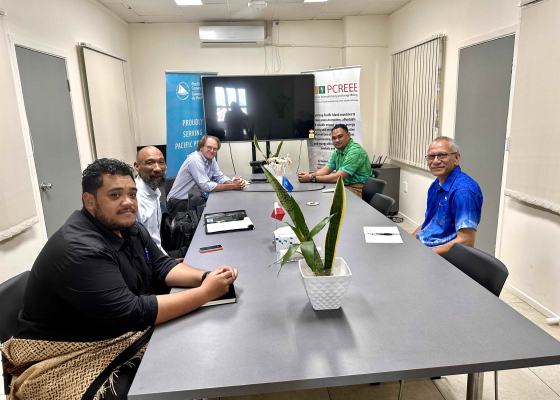A Primer On Energy Efficiency For Municipal Water And Wastewater Utilities
Foreword:
This primer is concerned with energy use and efficiency of network-based water supply and wastewater treatment in urban areas. It focuses on the supply side of the municipal water cycle, including the extraction, treatment, and distribution of water, and collection and treatment of wastewater—activities which are directly managed by water and wastewater utilities (WWUs). Demand-side issues of the municipal water cycle, including water-use efficiency and water conservation, are referred to where linkages to energy efficiency (EE) are critical, but are not discussed in detail.
Electricity costs are usually between 5 to 30 percent of total operating costs among WWUs. The share is usually higher in developing countries and can go up to 40 percent or more in some countries. Such energy costs often contribute to high and unsustainable operating
costs that directly affect the financial health of WWUs.
Improving EE is at the core of measures to reduce operational cost at WWUs. Since energy represents the largest controllable operational expenditure of most WWUs, and many EE measures have a payback period of less than five years, investing in EE supports quicker
and greater expansion of clean water access for the poor by making the system cheaper to operate.
For cash-strapped cities, improving the EE of WWUs helps alleviate government fiscal constraints while also lessening the upward pressure on water and wastewater tariffs. On a national or global level, improving EE of WWUs reduces the pressure of adding new power
generation capacity and reduces the emissions of local and global pollutants.
Based on the review of existing literature, most of the commonly applied technical measures to address EE issues at WWUs generate 10 to 30 percent energy savings per measure and have 1- to 5-year payback periods. Financially viable energy savings depend on the
vintage and conditions of facilities, technologies used, effective energy prices, and other factors affecting the technical and financial performances of individual WWUs. Despite these challenges, there is evidence that significant energy savings at WWUs in developing countries can be attained cost effectively.
Upcoming Events
-
01/19/2026 to 01/23/2026
-
03/02/2026 to 03/03/2026






